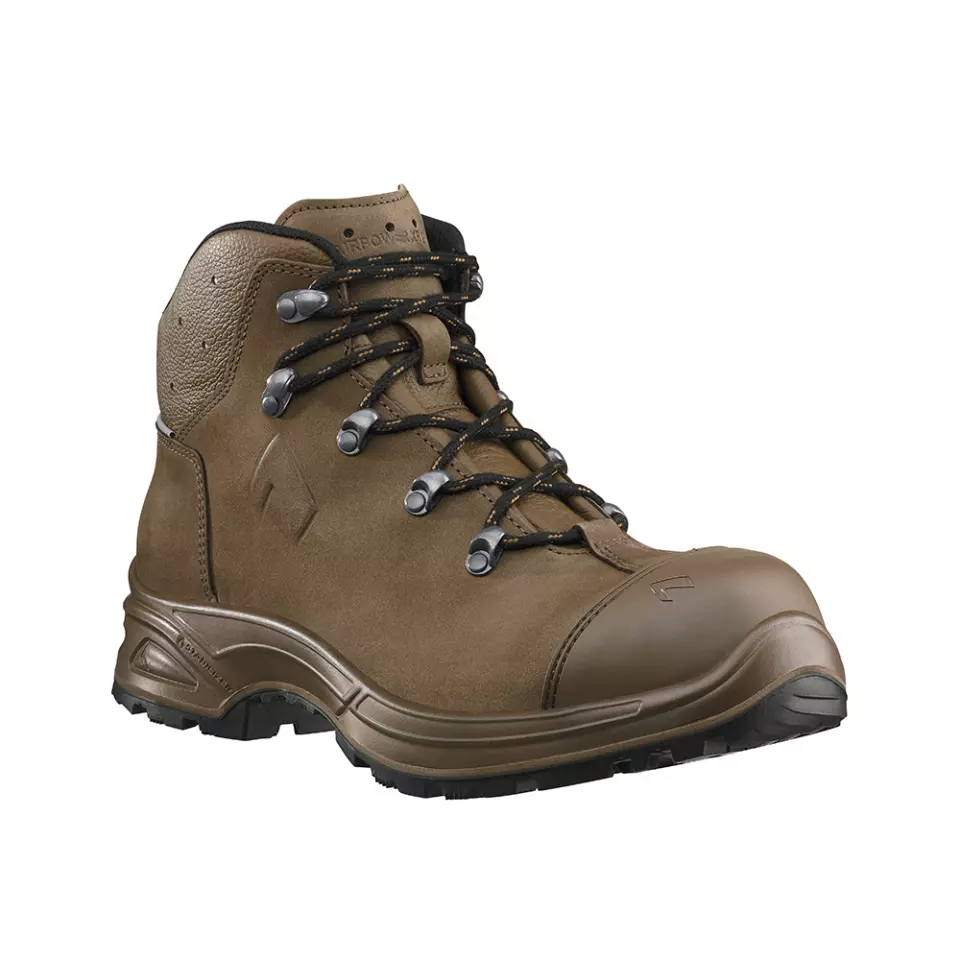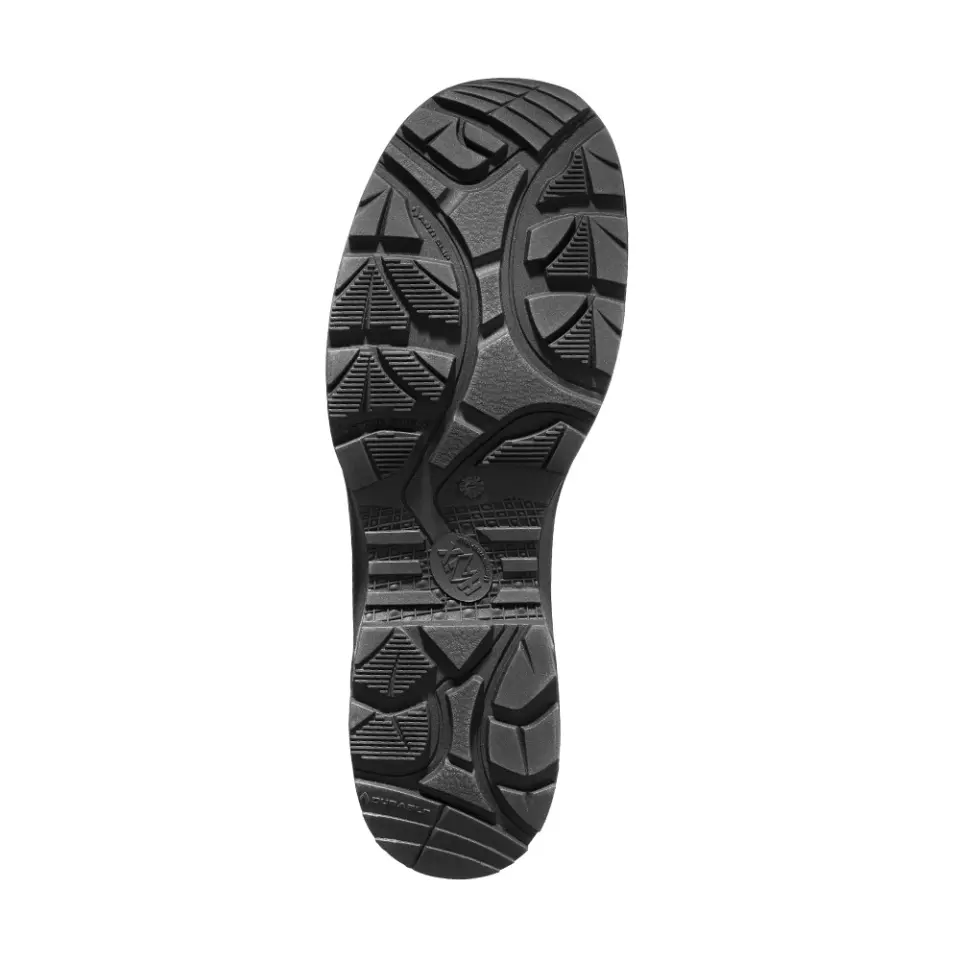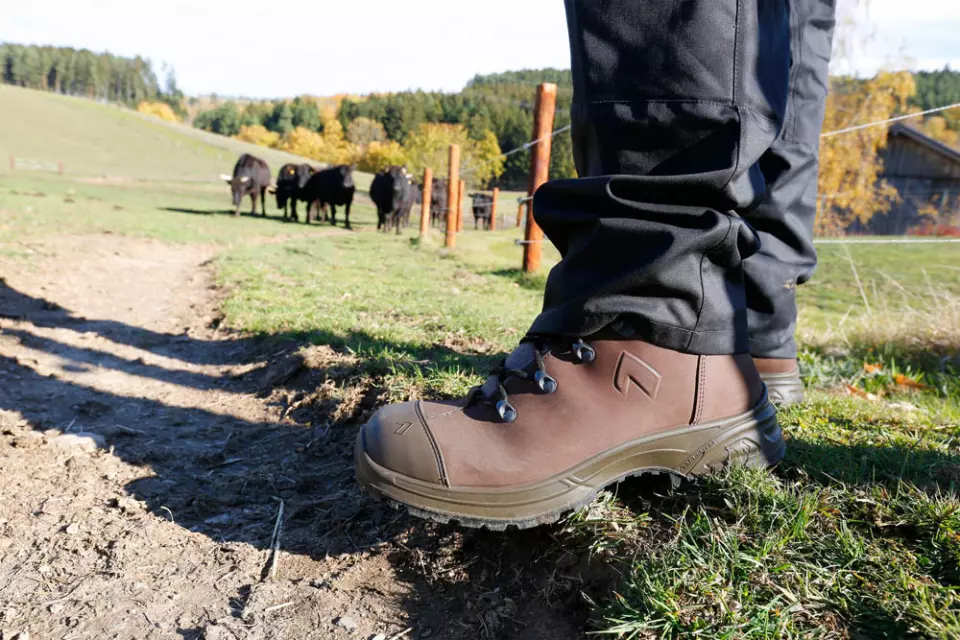Airpower XR26 High Safety Boots, S3, Brown
5.0 / 5
Product description
These S3 class safety boots are specially developed for landscaping and horticulture, offering optimal protection through a penetration-resistant steel sole and anatomically shaped composite toe cap. The GORE-TEX membrane ensures waterproofing and breathability, while the anatomical Arch Support System and climate system provide high wearing comfort. With a weight of 795g per boot and mid-high construction (13.5 cm), they offer additional ankle protection while maintaining a lightweight feel.
Product Features:
- High-quality nubuck leather for extreme durability
- Penetration-resistant steel sole for protection against sharp objects
- Lightweight and anatomically shaped composite toe cap
- Waterproof and breathable through GORE-TEX membrane
- Anatomical Arch Support System for optimal foot support
Technical Details:
- Weight per boot: 795g
- Mid-high construction: 13.5 cm
- Climate system for comfortable foot temperature
- Special last for perfect fit
- Classic lacing system for individual adjustment
Recommended Application:
- Landscaping and horticulture
Standards:
- EN ISO 20345:2011 S3 HRO HI CI WR SRC
- Impact Resistance
- Heat & Flame Resistance
- Cold Protective
- Slip Resistant
- Water Resistance
- Electrical Protection
Standards and labels
Haix delivery terms
Free delivery for all Haix products
143,86 €
Free delivery
Sold in units of one pair
Need larger quantities?
Other products you may like
Recently viewed
Other products you may like
Similar products you may like
Autonomous sourcing platform
The most efficient way to source and order supplies for your operations





